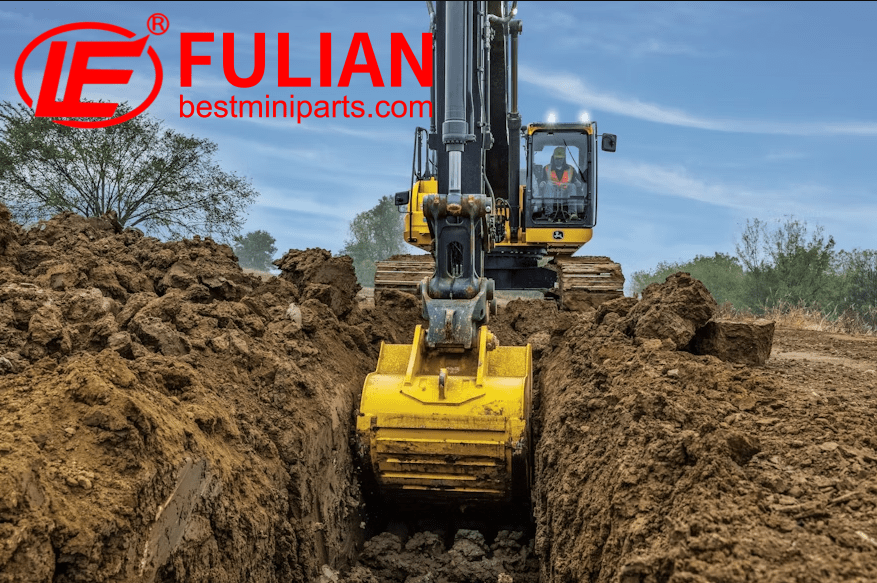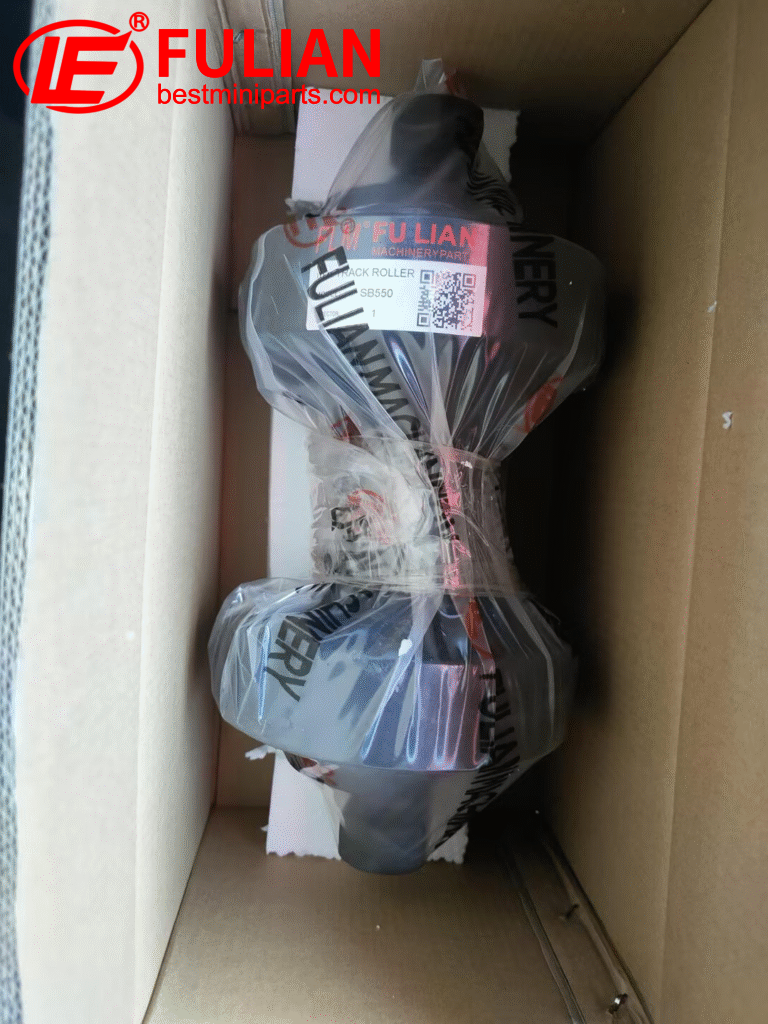Understanding your project’s scope helps identify the excavator’s essential features. Factors like dig depth, dump height, and lift capacity are critical, says John Deere’s Justin Steger. Troy Hitchcock of DEVELON advises against oversized or undersized excavators to maximize fuel efficiency and productivity.
Jobsite-Specific Requirements
Will the excavator perform single or multiple tasks? Quick couplers simplify attachment changes, making them ideal for dynamic projects. Smaller excavators, like DEVELON’s 14–25-metric-ton models, deliver versatility and precision in compact spaces.
Navigating Tail Swing and Space Constraints
For restricted jobsites, reduced-tail-swing models are indispensable. They allow work in confined areas without disrupting traffic. Conversely, conventional-tail-swing excavators are more stable and suitable for heavy-duty applications in open areas.
Size Categories and Capabilities
Compact excavators offer flexibility for tight spaces, while midsize and large models address demanding earthmoving needs. Assess project requirements, like bucket capacity and digging depth, to determine the right size.
Technology Drives Productivity
Modern excavators feature advanced systems like telematics, grade control, and safety enhancements. John Deere’s SmartGrade technology and DEVELON’s ultrasonic sensors improve accuracy and operational safety.
Choose the right excavator by aligning project demands with machine features for seamless operations.
Fulian Operation Team
2025.1.27







